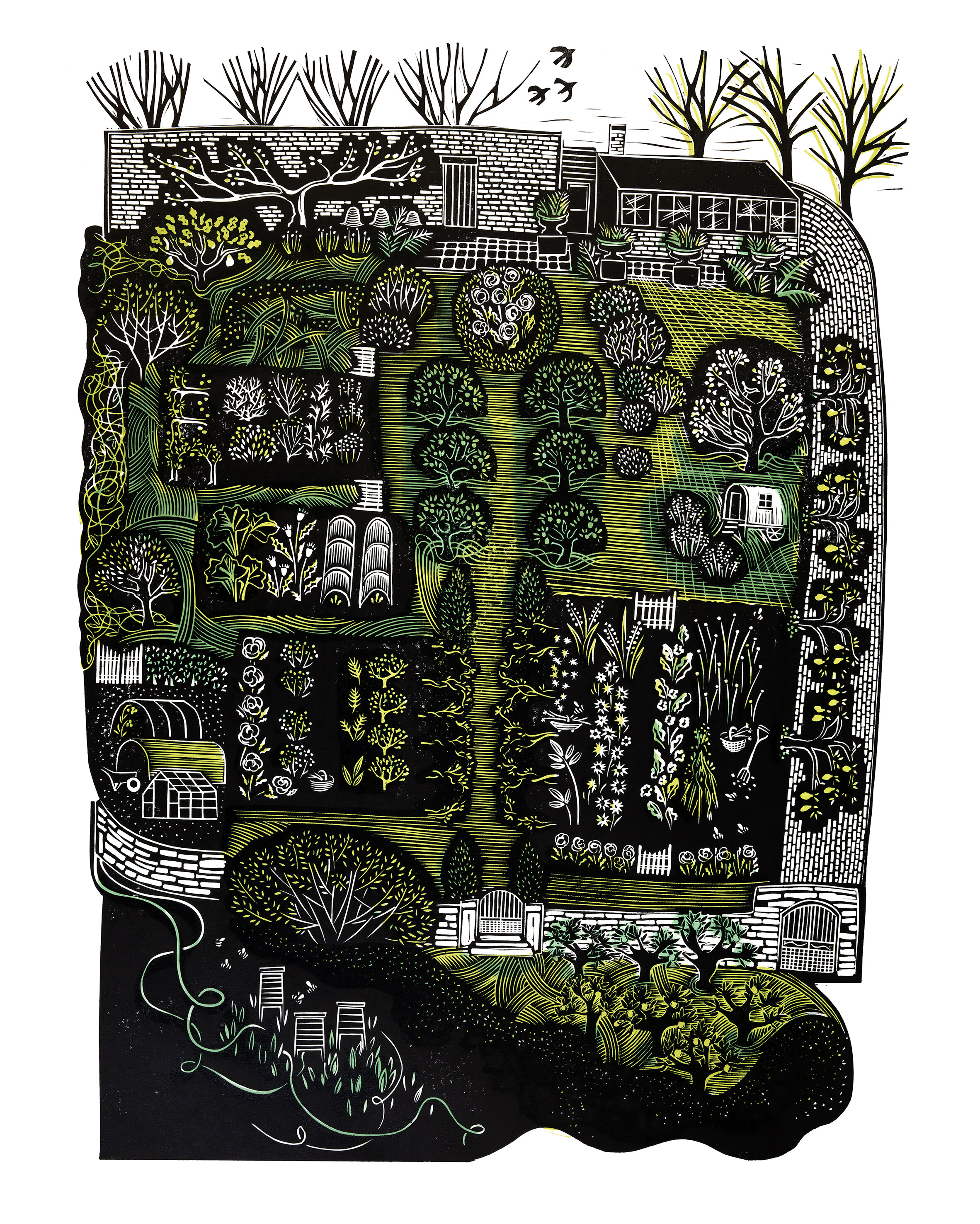
Issue 266 / February 2024
Fierce
Scents communicate. Wrapped in silence perhaps, yet they have much to say. They may revolt us or delight us, go unnoticed or do nothing for us, but scents always have something to convey. So much so that many of us dab a little perfume on the nape of our neck or spray eau de toilette on our torso at the start of each day. We want to smell nice, or at the very least clean. We may even splash a little scent on before going out with an end to seduce. Much like flowers do. Who has not crossed a room or a lawn to inhale the wonderful perfume released by hyacinths, lilacs or a fragrant rose? Or leaned over to breathe in the delicate scent of jasmine wafting from a cup of tea? Long before humans, plants grasped the advantage of releasing pleasant volatile vibes to attract a pollinator or two. Some viruses have caught on with the practice too - and in a rather cunning way. The cucumber mosaic virus, for instance, is capable of infecting plants while also forcing them to become attractive to insects who will transfer the virus to other plants. Uncharacteristically, one sole protein in CMV can perform both actions. Its name is 2b, or CMV2b.

 |
Protein Spotlight (ISSN 1424-4721) is a monthly review written by the
Swiss-Prot team of the SIB Swiss Institute of Bioinformatics.
Spotlight articles describe a specific protein or family of proteins on an informal tone. |